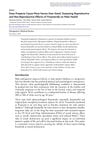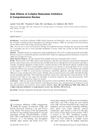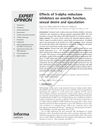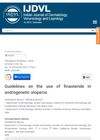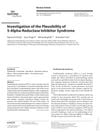The Nocebo Effect: A Clinician's Guide
October 2012
in “
Australian and New Zealand Journal of Psychiatry
”
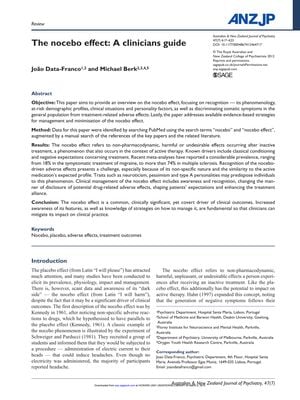
TLDR Negative expectations can cause adverse effects in patients even without active treatment, and managing this nocebo effect involves better communication and patient-clinician relationships.
The document reviewed the nocebo effect, which is the manifestation of adverse effects due to negative expectations from a treatment, even if the treatment is inactive. It noted that the prevalence of the nocebo effect varies widely, from 18% to over 74% in different conditions, and is influenced by factors such as classical conditioning and patient expectations. The review also discussed the difficulty in distinguishing nocebo effects from actual drug side effects due to their non-specific nature. Personality traits like neuroticism, pessimism, and type A personalities were identified as predisposing factors. To manage the nocebo effect, the review suggested increasing clinician awareness, careful communication about drug side effects, shaping patient expectations positively, and strengthening the clinician-patient relationship. The document highlighted the importance of clinician awareness of the nocebo effect and the implementation of strategies to mitigate its impact on patient care. It also mentioned a specific example where informing patients about potential sexual side effects of finasteride led to a higher report rate of those side effects (44%) compared to those not informed (15%). The authors disclosed potential conflicts of interest for one author and noted no specific funding for the research.

